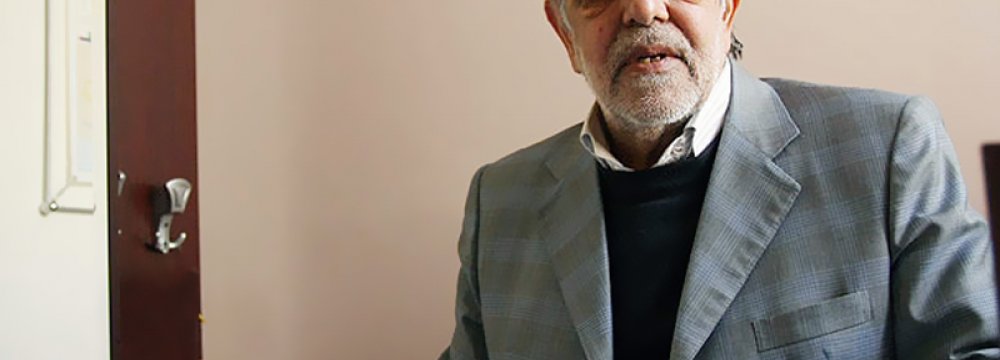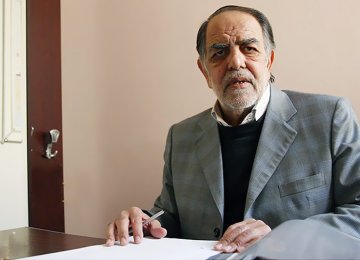Business activity in around 40 authorized special economic zones (SEZ) is close to zero, Akbar Torkan, the presidential advisor and secretary of the High Council of Free Zones, said on Tuesday.
“They are inactive because they are left short of necessary infrastructures,” he was quoted by IRNA as saying.
The term special economic zone (SEZ) is commonly used as a generic name to refer to any modern economic zone, where business and trade laws differ from the rest of the country.
Broadly, SEZs are located within a country’s national borders – unlike free trade zones on the edges – and aimed at increasing trade, attracting investment, and creating jobs as governments ease regulations in such areas. To encourage businesses to set up in economic zones, officials ease regulation on labor, investment, taxation system, trade, and customs
Jask and Bushehr ports, already launched as special economic zones, are soon to be turned into free trade zones, Torkan said. “A bill will soon reach the parliament floor that would seek to turn the ports into free trade zones.”
Currently Iran has 18 official and well-documented special economic zones including Sirjan, Sarakhs, Payam, Khuzestan, Salafchegan, Khorramshahr, Persian Gulf Ship Building, Arg-e Jadid, Petrochemical, Bandar-Bushehr, Bandar Amirabad, Bandar Shahid Rajaee, Mines and Metals, Pars, Sang Lorestan, Shiraz Electrical and finally Yazd Textile special economic zone.
To attract foreign direct investment, the special zones offer investment opportunities for both Iranian and foreign businessmen on every scale of partnership. In addition, the zones provide guarantees on foreign investment in accordance with the Law on Attraction and Protection of Foreign Investment.





